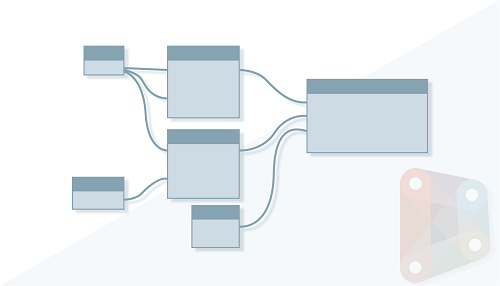Dynamo 3.5 introduces a package publishing experience with the option to add version compatibility information, Curve Mapper node for visually interacting with nine curve types, new nodes for list manipulation, and more.

Highlights include:
- A new package publishing experience: The Package Manager now includes a step-by-step package publishing workflow that allows authors to add version compatibility information for Dynamo and/or host programs, a link for release notes, and more. You can learn more about recent updates in this blog post.
- Curve Mapper for redistributing numbers along a curve: The new Curve Mapper node allows you to visually interact with nine different curve types. Read this blog post for more information. The following curve equations are available:
- Linear curve
- Bezier curve
- Sine wave
- Cosine wave
- Parabolic curve
- Perlin noise
- Power curve
- Square root curve
- Gaussian curve
- Nodes for list manipulation: Two new nodes aid with list manipulation. The List.ReplaceItemAtIndices node allows you to replace items at multiple indices. The List.GroupBySimilarity node enables you to group lists of numbers by adjacency of indices and similarity in value, and group lists of strings using fuzzy logic.
- Trim boundary condition for paneling nodes: A new “trim” boundary condition for paneling nodes allows more control and flexibility with working with boundaries in your designs. Paneling nodes are experimental, and you can enable them by going to Preferences
 Features
Features  Experimental. Toggle
Enable Paneling Nodes. When you restart Dynamo, the set of paneling nodes will appear in the node library under Geometry
Experimental. Toggle
Enable Paneling Nodes. When you restart Dynamo, the set of paneling nodes will appear in the node library under Geometry  PanelSurface.
PanelSurface.
For a complete list of highlights, see What's New in Dynamo for Revit 3.5. To find out more about major feature updates, what they mean, and how to use them, visit the Dynamo blog.
